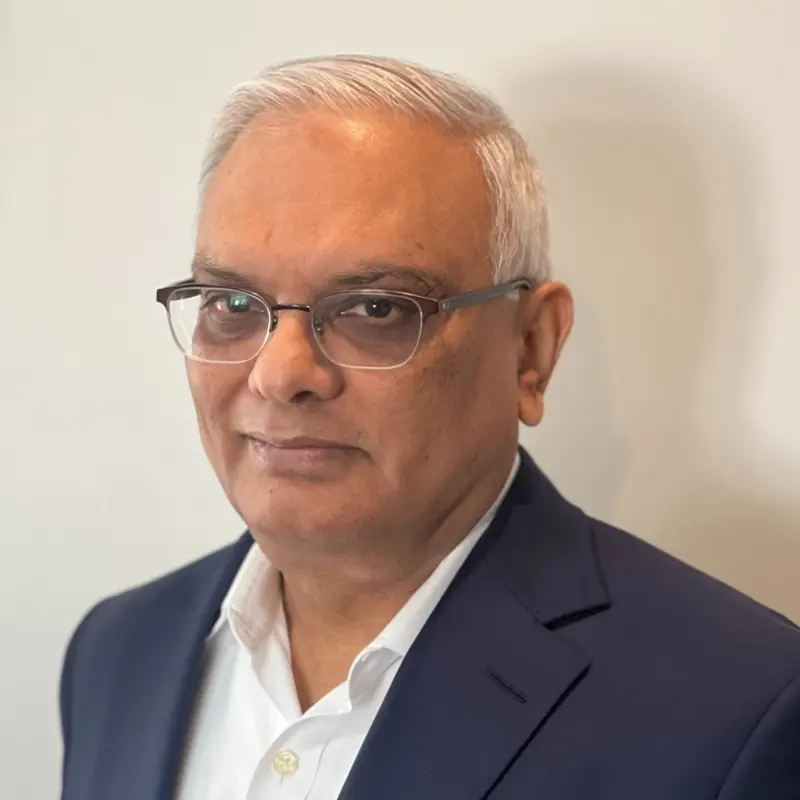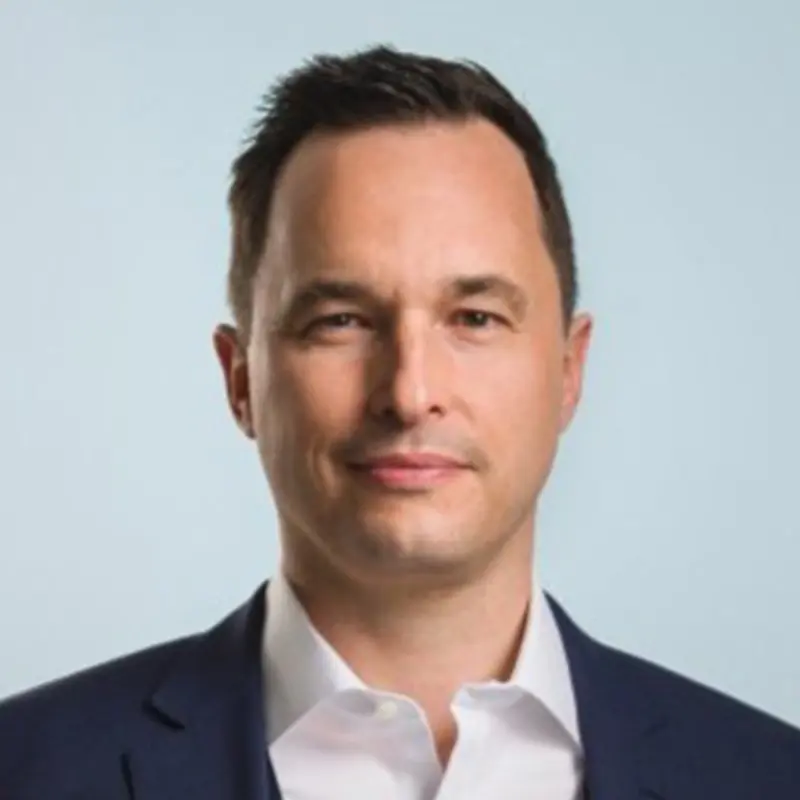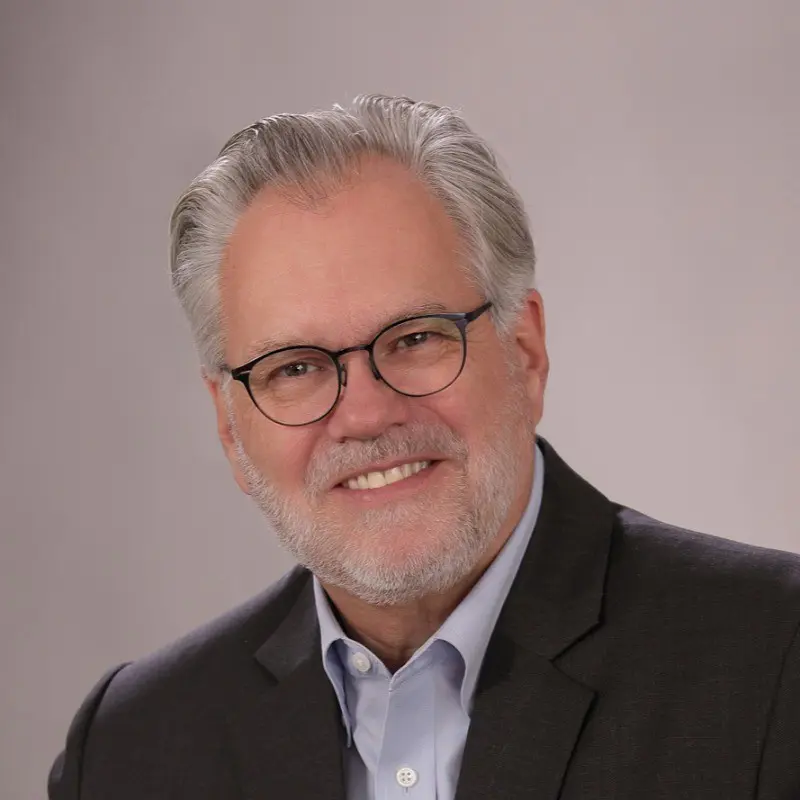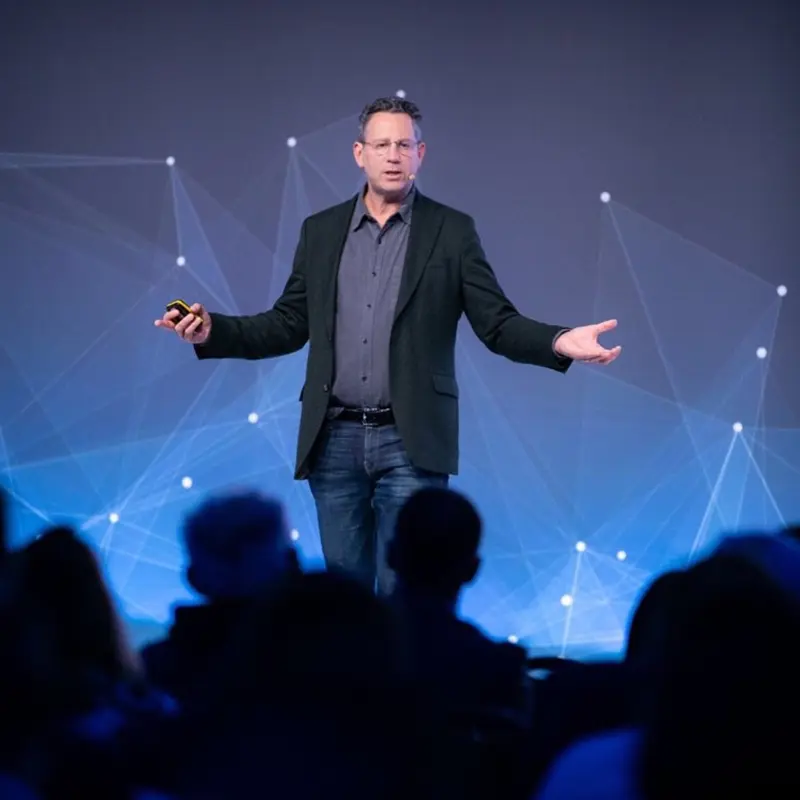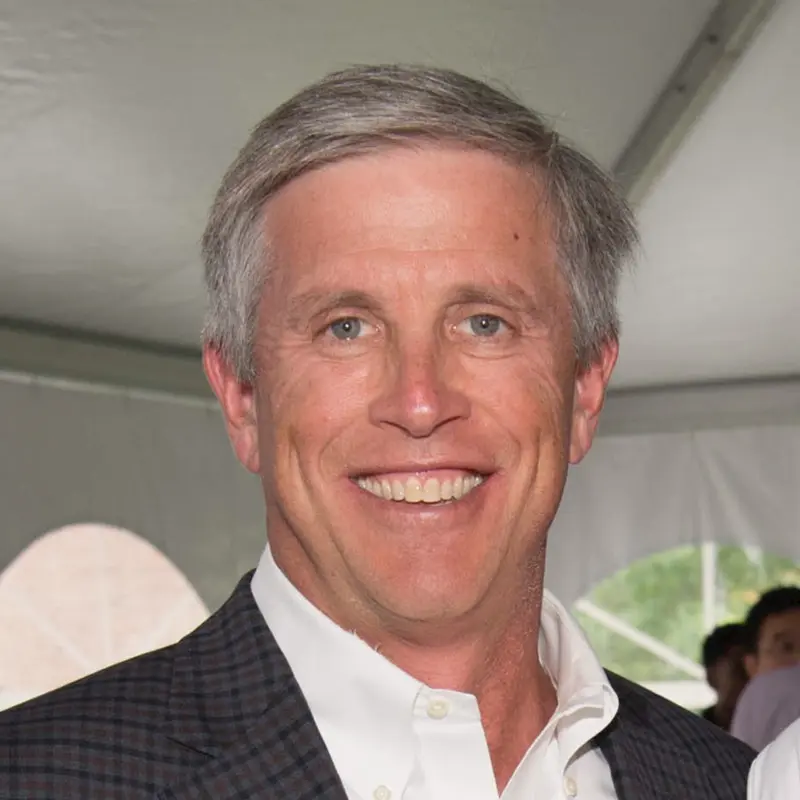Complex ownership structures refer to intricate and layered arrangements of ownership involving multiple entities such as corporations, trusts, and partnerships. These structures are often designed to obscure the true beneficial owners and control of assets or businesses, making it difficult to trace ownership and detect illicit activities such as money laundering, tax evasion, and other financial crimes.
Key Points:
- Purpose: The primary objective of using complex ownership structures is to hide the identity of the true beneficial owners, making it challenging for regulators, law enforcement, and financial institutions to identify and track the flow of funds and assets.
- Components of Complex Ownership Structures:
- Multiple Layers: Ownership is divided across several layers of entities, each owning shares or interests in another entity.
- Shell Companies: Corporations that exist only on paper and do not conduct any significant business activities, used to add layers of ownership.
- Trusts: Legal arrangements where one party holds assets on behalf of another, often used to conceal the true owners.
- Nominee Directors/Shareholders: Individuals or entities listed as directors or shareholders who act on behalf of the true owners without having actual control or interest.
- Mechanism:
- Layering: Creating multiple layers of ownership to obscure the link between the beneficial owner and the assets.
- Jurisdictional Arbitrage: Using entities in different jurisdictions with varying levels of transparency and regulatory oversight to complicate tracking and enforcement efforts.
- Use of Intermediaries: Employing intermediaries such as lawyers, accountants, and trust companies to create and manage the ownership structures.
- Indicators of Complex Ownership Structures:
- Lack of Transparency: Difficulty in identifying the ultimate beneficial owners due to multiple layers of entities and lack of accessible records.
- Frequent Changes: Regular changes in ownership, directors, or shareholders that complicate tracking.
- Use of Offshore Jurisdictions: Involvement of entities registered in offshore financial centers known for secrecy and minimal disclosure requirements.
- Discrepancies in Information: Inconsistent or incomplete information across different records and documents.
- Detection and Prevention:
- Enhanced Due Diligence (EDD): Conducting thorough investigations to verify the identities of beneficial owners and understand the ownership structure.
- Beneficial Ownership Registers: Establishing and maintaining registers of beneficial ownership that are accessible to regulators and financial institutions.
- KYC Procedures: Implementing robust Know Your Customer (KYC) procedures to collect and verify detailed information about clients and their ownership structures.
- Cross-Border Cooperation: Collaborating with international regulatory bodies and financial institutions to share information and track complex ownership structures across jurisdictions.
- Regulatory Framework:
- Financial Action Task Force (FATF): Provides guidelines and recommendations for identifying and verifying beneficial ownership as part of AML/CFT efforts.
- Local Regulations: Many jurisdictions have enacted laws requiring transparency in corporate ownership and the disclosure of beneficial owners.
- Challenges in Addressing Complex Ownership Structures:
- Legal Barriers: Variations in legal and regulatory frameworks across jurisdictions can hinder information sharing and enforcement.
- Resource Intensive: Investigating and unraveling complex ownership structures requires significant resources and expertise.
- Evolving Tactics: Criminals continuously adapt their methods to create more sophisticated and opaque structures.
- Examples of Complex Ownership Structures:
- A multinational corporation uses a network of offshore shell companies and trusts to conceal the identity of its true owners and evade taxes.
- A high-net-worth individual employs multiple layers of entities in different jurisdictions to hide assets and launder money.
- A criminal organization sets up a series of shell companies and nominee shareholders to obscure the ownership of illicit funds and assets.
- Technological Solutions:
- Blockchain Analysis: Using blockchain technology to enhance transparency and traceability of ownership records.
- Data Analytics: Leveraging advanced data analytics to identify patterns and connections within complex ownership structures.
- Artificial Intelligence: Employing AI to automate the analysis of ownership structures and detect anomalies indicative of illicit activities.

